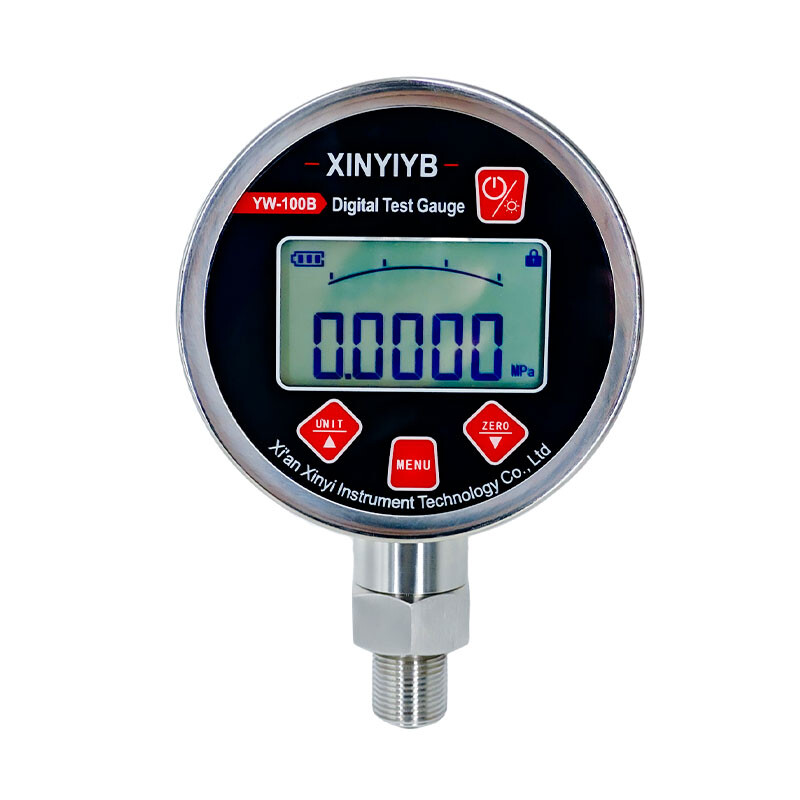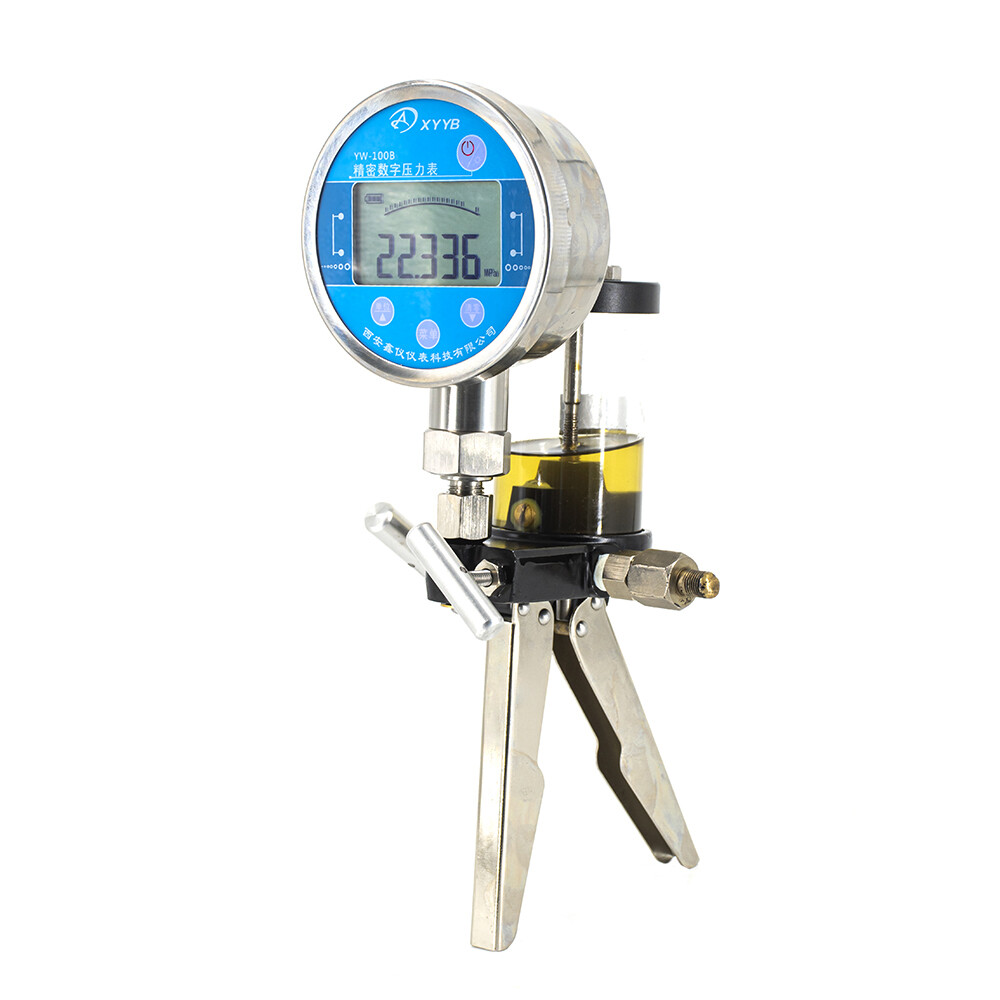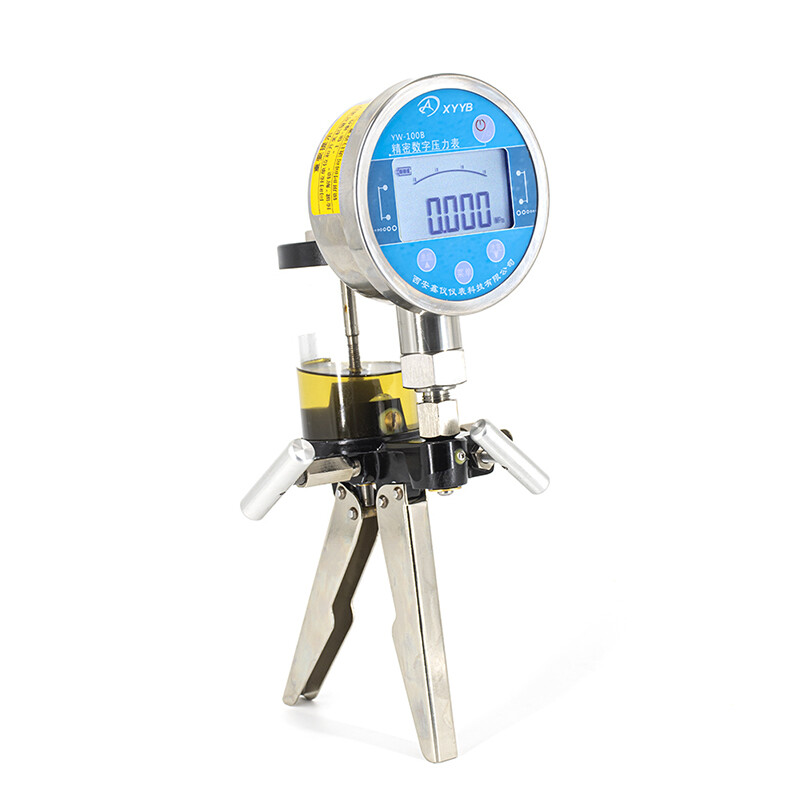Electromagnetic flowmeter works on the principle of Faraday's law of electromagneticinduction for flow measurement, according to which, "Whenever conductor movesthrough magnetic field of given field strength, a voltage (e.m.f) is induced in theconductor, which is proportional to relative velocity between the conductor andmagnetic field" OR
"Whenever a conductor cuts magnetic flux lines (magnetic field), an emf is induced in theconductor, which is directly proportional to rate of change of magnetic flux".
Construction
Electromagnetic flow meter consists of electrically insulated or non-conducting pipesuch as fiber glass. A pair of electrodes is mounted opposite to each other and flusheswith the inside wall of pipe carrying the fluid, whose flow is to be measured. In thefigure, it can be observed that, two electrodes are placed at right angles to the plane ofmagnetic field, i.e. magnetic flux lines. The pipe is surrounded by an electromagnet,which produces magnetic field. This magnetic field is generated by the current flowingthrough the coil wounded on the electromagnet. The coil is powered by a steady D.C.supply.
Working
A conductive fluid is passed through the pipe. As the fluid passes, its motion relative tomagnetic feld produces an e.m.f proportional to velocity of fluid. lt is given by Faraday'law as,
E= B. L.V in Volts
where.
B=Magnetic flux density in Weber/ m?
L= Length of conductor (fluid)
= diameter of pipe in m
V=Velocity of conductor (fluid) in m/sec.
This induced emf E is collected by the electrode and it is given to the external circuit.Since, this induced emf E is assumed to be directly proportional to velocity of flowingfluid, therefore, the emf so induced or produced becomes a measure of flow.
Advantages
Existing pipes can be converted into flow meters by adding a pair of electrodesexternally and introducing a magnetic field.No obstruction to flow.
High accuracy and better reliability.
Linearity over wide range of flow measurements.Fast or rapid response to change in flow.No need of any obstruction in fluid flow, hence, no problem of error arising due topressure drop.
It is suitable for laminar as well as turbulent flow.Preferred in flow measurement of slurries, corrosive and greasy liquids, and liquidscontaining suspended particles or impurities.Bidirectional flow measurement is possible with this meter.Measurement is independent of viscosity, density, pressure and temperature.
ApplicationsUsed for measuring flow of fluid like corrosive acid.Widely used for flow measurement of cement slurries, sewage, paper pulp,.detergents, greases and sticky fluids.Useful for any electrically conducting fluid.It is known as "No obstruction to Flow" meter, hence suitable for highly accurateand reliable measurement of flow of slurries, greasy materials and liqu'dcontaining suspended matter.

Chat Online






